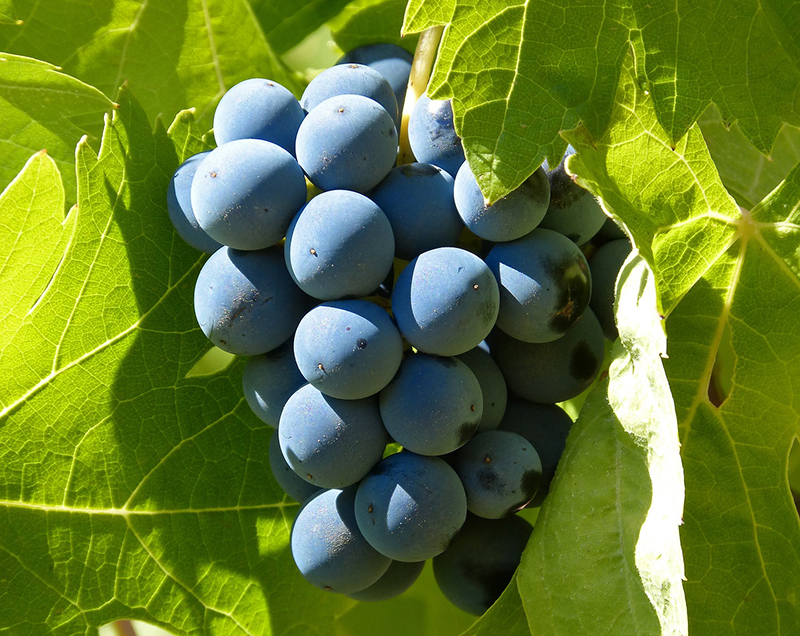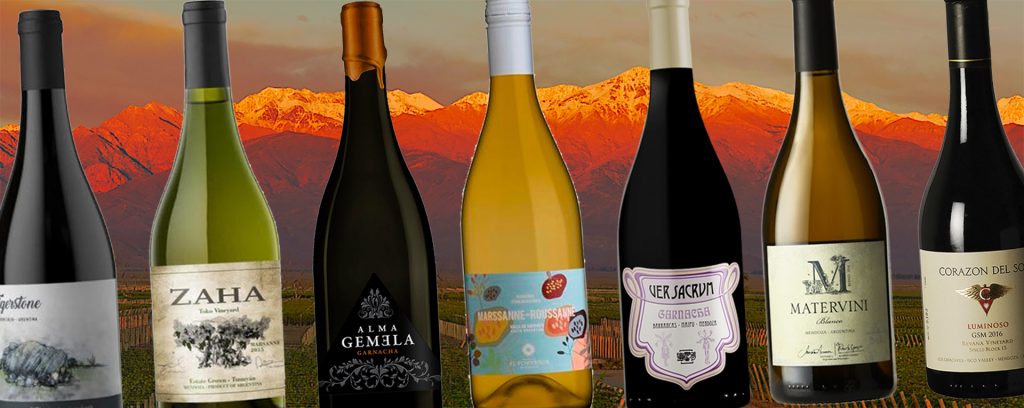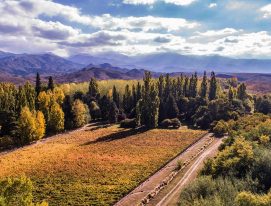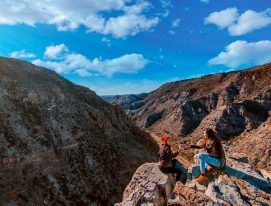Cabernet Sauvignon, Merlot, Cabernet Franc… Cabernet Sauvignon, Merlot, Cabernet Franc. A time comes when one begins to wonder whether the world of wine doesn’t have something more to offer than the Bordeaux staples.
To find out, one must look beyond the mainstream toward other corners of the globe where they’ll find plenty to discover and fall in love with. An excellent place to start is the Rhône Valley in the south of France, especially the areas that border the Mediterranean.
Grenache, Carignan, and Mourvèdre, known in Spain as Garnacha, Cariñena and Monastrell, along with Syrah, Marsanne, Roussanne and Viognier, make up the bulk of wines from this sun-kissed region with alluvial soils.
Part of the attraction of these white and red varieties resides in the fact that they use the ample sunlight on offer to produce distinctive flavour profiles: spices, exotic notes, precise fruitiness and a freshness that in some cases will take your breath away in the glass. It’s not surprising they’ve also become popular in other regions of the world such as Sierra de Gredos and Priorato.
In their ongoing quest to produce more varied and better wines, a few Argentine producers have begun to turn their attention to the Rhône Valley to see how well its traditional varieties might adapt to local conditions. They’re a small but fascinating group always looking to produce top quality wines that take the palate by surprise and they’re very much worth keeping an eye on.

The history of Mediterranean varieties in Argentina
Given that the wine industry in Argentina has been strongly influenced by European immigrants from the Mediterranean, it might seem strange that more hectares aren’t planted with grapes from the region.
The reason, Eduardo Soler, owner of Ver Sacrum, explains, goes back to the middle of the last century: ‘When we started making our wines in 2010, we looked into the history of Garnacha in the country and found that up until the mid-20th century plenty of hectares were planted with it in Mendoza, La Rioja, Catamarca and San Juan, but they were replaced with more productive varieties. By the end of the last decade, there were only 23 left in the entire country.’
Soler is at the heart of the movement driving the resurgence of the grape in Mendoza. He and other winemakers have planted several new vineyards of different Rhône varieties. So, where are they to be found?
One of the terroirs chosen was the Geographic Indication of Los Chacayes in the Uco Valley. ‘We noticed a similarity between the climate and soils of Los Chacayes and some regions to the south of Rhône and clearly the grapes did too because the results have been excellent,’ says Cristian Moor, Winemaker at Corazón del Sol, a Mendoza producer that specializes in these varieties.
Having met the approval of critics and the public alike, these small batches of wines made with Mediterranean grapes have started to grow in popularity and wineries are planting more hectares accordingly.
‘In 2018 we decided to make use of a few rows of Grenache, Syrah and Mourvèdre to experiment with a GSM and a Grenache-Syrah. The response was incredible so we decided to expand the vineyard. But we already know that it won’t be enough. People are ordering more and more GSM,’ Pablo Merino, from Bodega Solo Contigo, also in Los Chacayes, relates enthusiastically.
Meanwhile, a few vineyards in the east of Mendoza, a warm area with sandy soils and a long history of wine production, are joining in. In Lavalle, the winemaker and sommelier Mariana Onofri is cultivating a vineyard of Grenache, Carignan and Mouvedre, while Soler has rescued an old plantation of Garnacha in the Alto Verde area while at his La Cayetana vineyard in Maipú he has set up a nursery to protect a collection of old Garnacha vines with an extremely valuable genetic heritage.
About 1000 kilometres to the north, in the Calchaquí Valley, the mystical allure of Rhône vines is also resulting in some interesting labels, for instance, the Grenache red made by Alejandro Sejanovich for Estancia Los Cardones in Tolombón, or a co-fermentation of Marsanne and Roussanne from El Porvenir de Cafayate being made by Francisco Puga.
‘We came back from a trip to Cornas – one of the Rhône appelations – convinced that we had to try these grapes out in Cafayate. The conditions are similar and the results have proved us right. These grapes could be a wonderful opportunity for the area,’ he says enthusiastically.
Even in the Quebrada de Humahuaca, at a height of 2500 meters, a new Grenache vineyard is promising to produce world-class wines.
Which bottles to look out for
If this article had been written five years ago, we might be limited to talking about a few labels. Now, however, there are at least twenty to tempt all the Rhône lovers out there.
Ver Sacrum kicked the movement off and they’re earning more fans year on year. Eduardo Soler bottles an expressive, flavourful GSM in addition to a Monastrell varietal and his Geisha de Jade white, which is a co-fermentation of Marsanne and Rousanne.
At Corazón del Sol, where the focus is firmly on the high-end market, the essential wines are the flagship Luminoso GSM and its whiten counterpart RMVG (a blend of Roussanne, Marsanne, Viognier and Grenache).
Solo Contigo sprung a surprise in 2019 with its new labels Casa de las Musas GSM and Develado Syrah-Garnacha. Meanwhile, Onofri Wines is making some excellent varietals, a Garnacha and an unusual Carignan from the east of Mendoza.
In addition to output from these producers we might add reds such as Proemio Syrah-Garnacha, Estancia Los Cardones Tigerstone Garnacha de los Valles Calchaquíes, Desquiciado Garnacha and the brand new DV Catena Garnacha Apelación Lunlunta.
The world of Rhône whites is also growing in Argentina as is demonstrated by Matervini Blend Blanco from Santiago Achával, which is made with Marsanne, Roussanne and Viognier, Pequeñas Fermentaciones Marsanne-Roussanne from Porvenir de Cafayate and Zaha Marsanne.
A couple of options for rosé are Padma from Corazón del Sol and Clarete Ménage from Ver Sacrum which show just how versatile these grapes can be in Mendoza.



